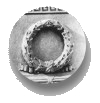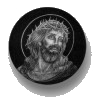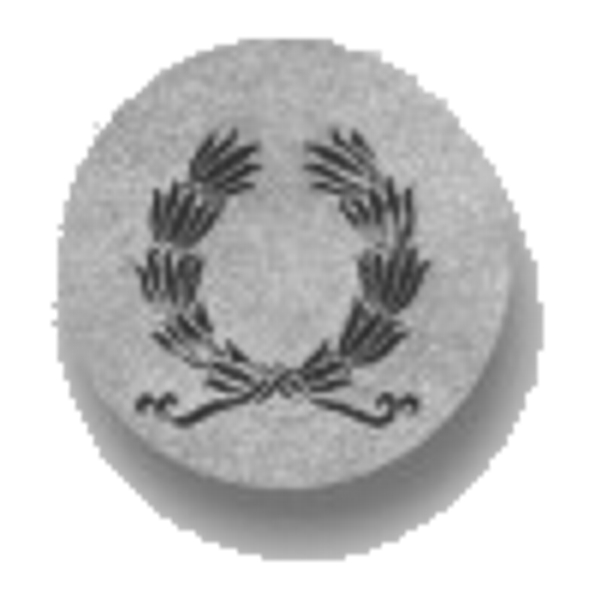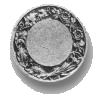Types of Carving
There are many techniques for carving stone or etching images into a stone surface. Here are four of the most popular processes.
 Bas Relief - The entire surface of the monument is cut away, leaving the flowers in bas relief on top of the other surface.
Bas Relief - The entire surface of the monument is cut away, leaving the flowers in bas relief on top of the other surface.
 Etching - Typically used on black granite, this technique cracks the surface of the granite using a diamond-tipped tool or a laser. When the granite's polished surface is etched it creates a high contrast image on the stone. This is popular for photos and portraits.
Etching - Typically used on black granite, this technique cracks the surface of the granite using a diamond-tipped tool or a laser. When the granite's polished surface is etched it creates a high contrast image on the stone. This is popular for photos and portraits.
 Flat Carving or Line Carving - This process involves sandblasting an image (of a flower, for example) on the stone. There is no dimensioning or relief given to the carving.
Flat Carving or Line Carving - This process involves sandblasting an image (of a flower, for example) on the stone. There is no dimensioning or relief given to the carving.
 Shaped Carving - This is a time-consuming technique that requires years of training with sandblast tools. This process involves shaping the petals and leaves of flowers with a special sandblast nozzle. Shaped carving gives depth and a sense of reality to the carvings on a monument.
Shaped Carving - This is a time-consuming technique that requires years of training with sandblast tools. This process involves shaping the petals and leaves of flowers with a special sandblast nozzle. Shaped carving gives depth and a sense of reality to the carvings on a monument.




